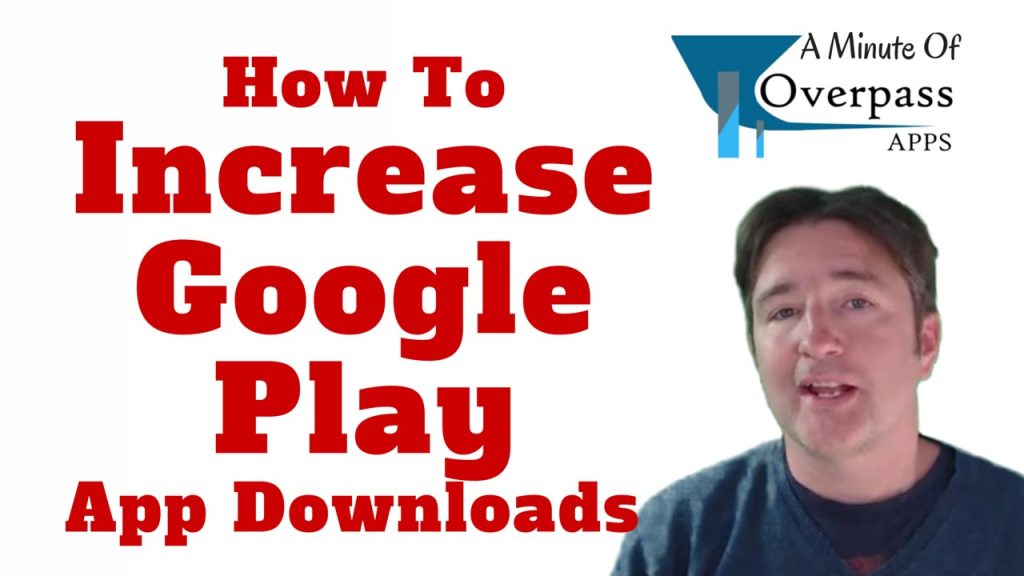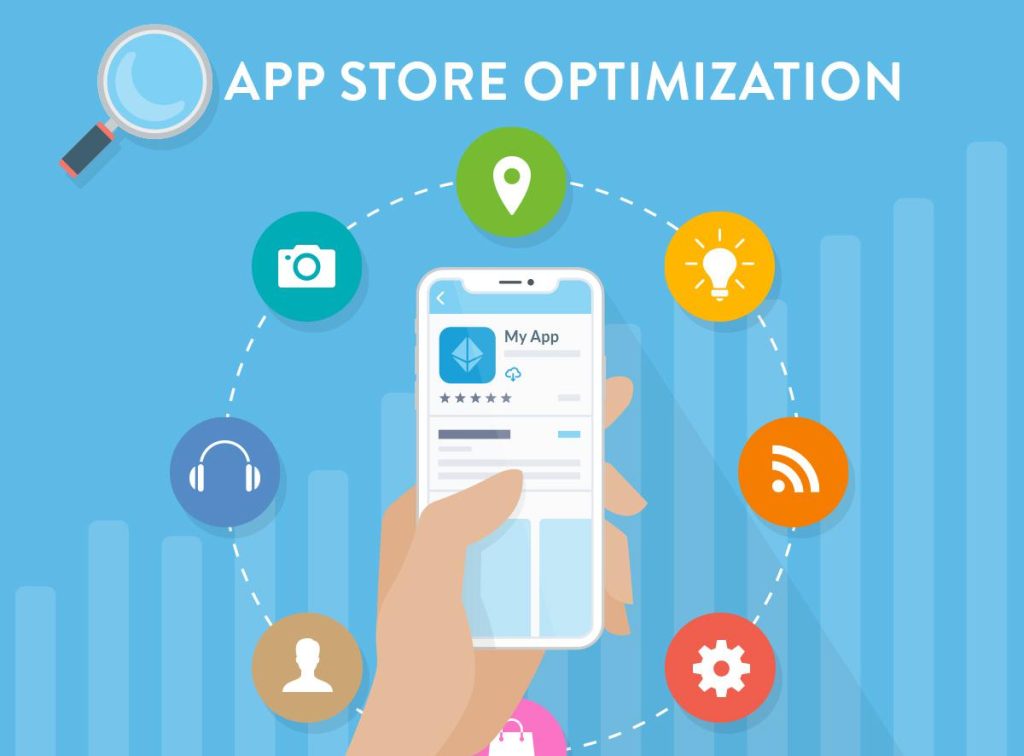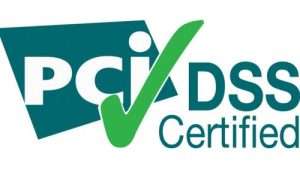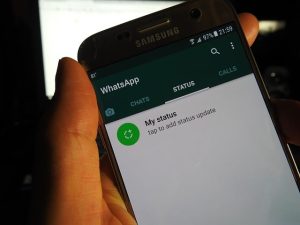App Store Optimization for Google Play & Apple Store

App store optimization can double your number of users, or even triple it!
As an app developer, you have the most interest in achieving high download numbers for your app.
Organic downloads are especially desirable and most of such downloads arise from the users following the link to the app store from the search engines.
Others are from app directories, relative search terms from the app store where potential users stumble upon an interesting app.
Only 53% of all app downloads occur organically. Therefore, for your users to find you, your app needs a good ranking in the app stores.
This is easier said than done because the competition in the app store is very high.
The competitive situation is so serious because we have more than 2 million different apps in the Google play store and the Apple app store which makes it difficult for a brand or app developer that’s not popular and not having a huge budget for promotion to get noticed.
To get into the top 10 of the app charts of their respective category in the United States of America, you need at least 100,000 downloads.
In Germany, the whole thing is somewhat easier, you need only 16,500 downloads here!
Nevertheless, to achieve this number of downloads with promotional activities, a large advertising budget is required.
Large companies and developers have the budget for such advertising campaigns and can place their apps in the top 10 of the app stores quickly with advertisement.
This is however often not an option for smaller developers without a corresponding budget.

What would you now do?
How can you compete with these great developers and companies which have large advertising budgets?
The best way is to build a large user base for your app at a low cost, the so-called app store optimization (ASO).
There are some different measures that you can use to increase the visibility of your apps in the app store.
ASO is so basically nothing other than Search engine optimization (SEO) for app stores.
With the help of ASO measures, you can reach higher download figures, gaining a greater number of high-quality users and naturally generate higher sales.
It applies to ASO the same as it is in the SEO field: organic traffic is not free.
ASO are measures that are to be associated with cost, time or money.
ASO costs measures however is significantly lower than pay per install (PPI) services, where app developers offer a fee to pay for each installation.
This cost in the USA is around $3 per installation. To crack the user mark of 100,000, you would have to invest about $300,000 and not less than $49,000 if you’re in Germany.
On the other hand, you should not completely ignore paid measures.
Empirical data show that paid measures can increase the organic operating range of your apps.
A mix of organic ASO and paid advertising campaigns is the best approach to build a large user base for your app.
The fact is that, you can not expect great results by depending on ASO measures alone; especially if you’re not a popular brand that has mastered the game.
How effectively the App store optimization measures are, depends on many different factors.
Especially the keywords (which are very important) that you aim for and how competitive they’re and generally, the competitiveness of your app category.
According to a study by VentureBeat, you can expect and achieve 20% organic downloads through the use of app store optimization.
The downloads through ASO measures could also be doubled or even tripled in some cases.
These are impressive numbers where every app developer should prick up their ears.
With such growth in user numbers, you can dramatically reduce your acquisition cost per user!
We assume that ASO will further gain importance in future because it increases the competitive pressure in the app stores.
Just in the year 2009, there were 116,000 different apps in the Google play store and the Apple app store’s but now, there are more than four million.
In the year 2020, it is estimated that more than 6 million apps will be available for download in the app store.
It’s even more important that app developers, at an early stage start with measures to optimize their apps in the store.
How does ASO work?
Several different factors can affect your organic range in the app store. Some of them are:
Name: The name of your app should have keywords that are frequently searched by many people ( high search terms).
You need to research your keyword already in advance and plan the whole thing well. Changing the title often to experiment with keywords can negatively affect your visibility on the app store.
If your app is already listed in-app store, then you can win new users through word of mouth.
This is however only if you don’t constantly change the title.
Keywords: To optimize your app store appearance, you must know exactly which keywords are especially important for your target group and are often requested.
It can be very helpful to take a look at the competition and compare how their rankings change over time.
Number of Downloads: The number of your downloads is a very important factor in the ASO. However, you have no direct control.
Reviews and Ratings: This factor is also very important but it’s also beyond your direct control. However, there are ways and means to motivate your users to reviews and rate your app.
App store optimization takes time
Remember that ASO is not a panacea and all measures need time before you see results.
You will succeed rarely right off the bat, to find their optimal keywords for the app store appearance with the first attempt.
The good news is that most developers will completely ignore ASO. Many developers get worried about the title, description or keywords for your app store appearance.
Although these elements are very important, they are written often at the last minute and without great planning.
As a result of this, many apps could not have good visibility on the app store and never get large numbers of users.
For you, the good news is that you already have the basic ASO measures you can put off by the competition.
Always keep the rankings of your own app and those of your competitors in the eye.
Test and experiment with different keywords to bring more traffic to your download page.
Example of App store Optimization
Here are some tips on how you can improve the appearance of your app in-store.
Title: A keyword in the title of your app can affect your placement on the app store significantly. Basically, you should always place your most important keyword in the title,
regardless of how competitive it is.
Keywords: Always keep your rankings and your competitors in mind. Experiment with different keywords in the description and find out which keywords work best for you. Bear in mind that this process takes time.
Many downloads: The greater the number of your downloads, the better your apps are placed in the app store. ASO measures are already a good start to increase the number of your downloads. Paid PPI campaigns can be effective here also.
Reviews and Evaluations: The higher your app is rated, the better it is placed in the app stores.
This is a dilemma for app developers because you want more positive reviews and fewer or no negative reviews. Your users have the ability to criticise and release frustration.
However, satisfied users should be motivated to leave you a review (positive) in the app store.
Conclusion
ASO measures are an effective method to improve your placement on the app store and to increase your number of users.
These measures are significantly cheaper than paid installations but it takes time to see the outstanding results.
Ideally, you can combine different ASO and paid measures to achieve great results and that’s what most app developers do.






